Sports Nutrition for Optimal Athletic Performance & Health: Old, New, and Future Perspectives
For generations, “eat well, train hard” has been the core of sports nutrition. But in 2025, the field has grown far beyond simple rules. New technologies, biomarker-based personalization, advanced supplementation, and health‑focused protocols are reshaping how we optimize performance and well‑being. This post explores the old foundations, modern advances, and future perspectives in sports nutrition—how athletes can eat with precision, supplement with integrity, and train with sustainable health in mind.
1. Foundations of Sports Nutrition: Old, Tested Principles
-
Macronutrient Balance: Carbs for energy, protein for muscle repair/growth, healthy fats for hormone support.
-
Hydration & Electrolytes: Essential for endurance, maintaining performance under heat/stress.
-
Meal timing: Pre‑, intra‑, and post‑workout feeding strategies well established—for recovery, glycogen restoration, and muscle protein synthesis.
-
Classic ergogenic aids: Creatine monohydrate remains one of the most studied and effective supplements for strength and high-intensity exercise capacity. BioMed Central+1
2. Modern Advances in Sports Nutrition
-
Research‑Based Supplementation: Recent meta‑analyses identify protein supplementation, creatine, beta‑alanine, HMB, vitamin D and caffeine as among the most effective for performance. NutraIngredients-USA.com
-
Immune health and low energy availability: Modern studies are exploring immune resistance & tolerance, vitamin D, iron status in athletes, especially in those training at altitude or in heavy load periods. PMC
-
Personalization & Tech: The rise of wearables, biomarker tracking (blood tests for nutrient status, oxidative stress, hormonal markers), and nutrition profiling to tailor athlete diets. PubMed+1
-
Nutrition knowledge & education: Many athletes still lack full understanding of optimal protein & carbohydrate intake. Improving nutrition knowledge correlates with better dietary behavior. PubMed
3. Looking Ahead: Future Perspectives & Emerging Trends
-
Precision sports nutrition: Leveraging “omics” (genomics, metabolomics) to fine‑tune what athletes eat.
-
Sustainability + plant‑based performance: More research into how plant‑based proteins, micro‑nutrient optimization, and sustainable diets support elite performance without compromise.
-
Novel ergogenic compounds: New supplements and delivery methods (liposomal, fast‑absorbing, etc.) emerging; safety, potency, and third‑party testing become even more critical.
-
AI & big data: Predicting individual carbohydrate oxidation rates, fatigue, performance declines—all using collected data to customize nutrition and recovery protocols. Cyclingnews+1
4. Why Integrity Matters: Safety, Doping, and Quality
-
A meaningful percentage of sports supplements may contain unlisted or banned substances. Athletes must choose third‑party tested, certified products to avoid doping risk. The Guardian
-
Purity and potency: Knowing that what’s on the label is what you’re ingesting (no fillers, heavy metals, or impurities) is now a non‑negotiable standard in modern sports nutrition.
5. Practical Steps for Athletes: Applying Old Lessons, Embracing New Tools
-
Ensure proper macro and micro nutrient intake (carbs, protein, fats, iron, vitamin D).
-
Use proven supplements: creatine, beta‑alanine, whey or plant protein, if needed.
-
Monitor personal data: sleep quality, recovery, biomarker tests.
-
Adjust diet for training phases (off‑season, competition, recovery).
-
Stay updated: new research, new protocols, new products—if clinically validated.
Conclusion
The path from foundational sports nutrition to cutting‑edge personalization is clear: we must build on what has long been proven, while integrating new science, tools, and ethical standards. For optimal athletic performance and lasting health, athletes who combine time‑tested strategies with future‑facing innovation—choosing quality nutrition, clean supplementation, and personalized approaches—will lead the pack.
